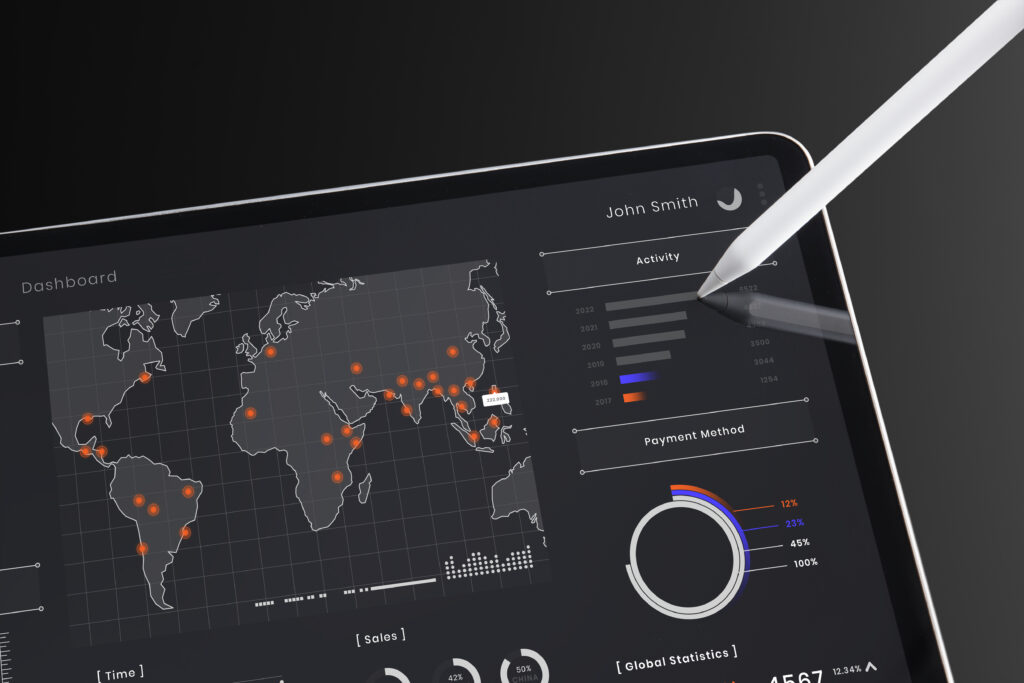Microsoft will officially end support for Windows 10, Windows 8.1, and Windows 7 on October 14, 2025. After that date, no free updates, security patches, or technical assistance will be provided for any version of Windows older than Windows 11. While it may seem like a technical detail, the real impact of this move will stretch across business operations, cybersecurity risk, compliance posture, and IT budgets.
If your organization is still running on legacy Windows systems, this deadline is your call to act. The question isn’t whether your systems will be affected—it’s how prepared you are to handle the transition.
It’s More Than a Software Update—It’s a Business Imperative
End-of-life for software isn’t just about a lack of new features. It’s about the end of security protection. That means:
-
Systems running outdated software will be wide open to cyberattacks.
-
Compliance frameworks (like HIPAA, PCI-DSS, and GDPR) will consider these systems non-compliant.
-
Vendors may refuse support for any issues on unsupported platforms.
In short, these systems become a business liability overnight. Companies relying on them after October 2025 are betting against increasing cyber threats—and it’s not a bet worth taking.
Windows 11 Is the Only Path Forward
After the 2025 deadline, Windows 11 becomes the sole supported operating system. However, not all devices will make the cut.
Unlike past upgrades, Windows 11 demands hardware-level security compliance, including:
-
TPM 2.0 (Trusted Platform Module)
-
Secure Boot capability
-
8th generation Intel or AMD Ryzen 2000 series processors and newer
For businesses still running devices from the Windows 7 and 8.1 era—or even early Windows 10 hardware—this means a full device refresh may be necessary.
➡️ This hardware cutoff isn’t arbitrary. Microsoft is betting heavily on zero trust architecture, and TPM 2.0 is essential to that model.
To review your device compatibility, check Windows 11 specifications on Microsoft’s official site.
The Hidden Cost of Delaying
Procrastination is expensive. Businesses that wait too long face:
-
Escalating support costs for legacy infrastructure
-
Unexpected downtime due to incompatibility or system crashes
-
Loss of vendor and software support, which can derail operations mid-project
-
Security insurance increases or policy disqualification
Support for Windows 7 already ended in 2020, and Windows 8.1 followed in early 2023. As the clock winds down on Windows 10, support partners and vendors will also start to shift resources toward newer systems, making help harder to find.
According to US Cloud’s Windows 10 End-of-Life guide, businesses still running unsupported systems after the deadline face a dramatic spike in vulnerability to exploits already circulating in dark web marketplaces.
The Five Options for Businesses (And Why One Stands Out)
ZDNet outlined five potential options businesses face as the 2025 deadline looms in their article, “If your Windows 10 PC can’t be upgraded, you have 5 options before time runs out”. These include:
-
Upgrade existing hardware if compatible
-
Replace with new Windows 11-compliant devices
-
Buy extended security updates (which will be expensive and short-term)
-
Shift to Linux or alternative platforms (rarely practical for most businesses)
-
Stay on Windows 10 and accept the risks
That last option? Not really an option.
Among these, hardware replacement paired with strategic migration planning provides the most sustainable path forward. However, handling this process manually across dozens or hundreds of machines is a major undertaking.
Automation Is the Differentiator
That’s why companies like Certified CIO are offering automated migration services tailored to modern business needs. Rather than scramble with manual upgrades and inconsistent deployment, Certified CIO provides:
-
Automated system audits to determine upgrade readiness
-
Device lifecycle mapping aligned with your business goals
-
Structured migration workflows that reduce downtime and error
-
Cloud-readiness assessments to modernize your IT infrastructure
With a proven process for endpoint transitions and user onboarding, Certified CIO reduces disruption while bringing your business into a fully supported, secure environment. Their service is especially valuable for organizations juggling remote and hybrid workforces.
Why 2024 Is Your True Deadline
Microsoft’s October 2025 cutoff may feel like a long way off, but in IT project terms—it’s uncomfortably close.
Consider:
-
Procurement cycles for hardware now face supply chain delays.
-
Testing and application vetting may take several quarters.
-
Training and user support will be needed during and after deployment.
-
Rolling out across remote teams adds logistical overhead.
To avoid last-minute panic, the time to begin planning is now. Most companies will require at least 9–12 months to complete the transition without business disruption.
Don’t wait until next year. Make 2024 the year you prepare, test, and migrate.
Security Ramifications of Unsupported Systems
Let’s get real—cybercriminals love a sunset. When Microsoft ends support, it essentially hands attackers a blueprint: here’s what won’t get patched anymore.
Without updates, devices running Windows 10, 8.1, or 7 become open targets for:
-
Ransomware exploiting known vulnerabilities
-
Credential theft via outdated authentication protocols
-
Lateral movement across your network from a single compromised endpoint
Worse yet, once a single device is compromised, the breach can cascade across your infrastructure. Unsupported systems are frequently the weak link that attackers exploit to breach otherwise well-defended environments.
Don’t let an outdated device become the front door to your data.
Regulatory and Insurance Pressures Are Rising
Cybersecurity isn’t just about best practices anymore—it’s now tied to legal compliance and insurance eligibility.
-
Healthcare organizations risk HIPAA violations
-
Financial institutions face audits for GLBA or SOX compliance
-
Any firm processing customer data must consider GDPR or CCPA
Meanwhile, cyber insurance providers are revisiting policy terms. Some are now requiring documented evidence of:
-
Supported OS versions
-
Timely patching practices
-
Endpoint protection across all devices
Operating unsupported systems could void your policy, expose you to penalties, or disqualify you from coverage altogether.
Planning Beyond the Deadline
Transitioning to Windows 11 is just the start. Use this as an opportunity to assess:
-
Whether your current device lifecycle policy fits future needs
-
How your cloud strategy supports flexibility and scaling
-
If your security framework can adapt to zero trust and remote work
The businesses that treat this as a digital transformation moment—not just an OS change—will be better equipped for whatever comes next.
Microsoft has already published an official guide on preparing for Windows end-of-support, which can help guide internal conversations about budgeting, timelines, and architecture.
Final Thoughts: Treat the Deadline as a Launchpad
October 14, 2025 isn’t just a finish line. It’s a springboard for stronger, smarter IT.
With proactive planning, reliable partners, and a clear roadmap, the end of Windows 10 support can become the beginning of a more secure and agile environment for your business.
But without action, it could become a serious vulnerability—and a very expensive problem.
If your devices are still running Windows 10 or older, the clock is ticking. And the smartest move you can make today is to get ahead of the deadline before it gets ahead of you.





